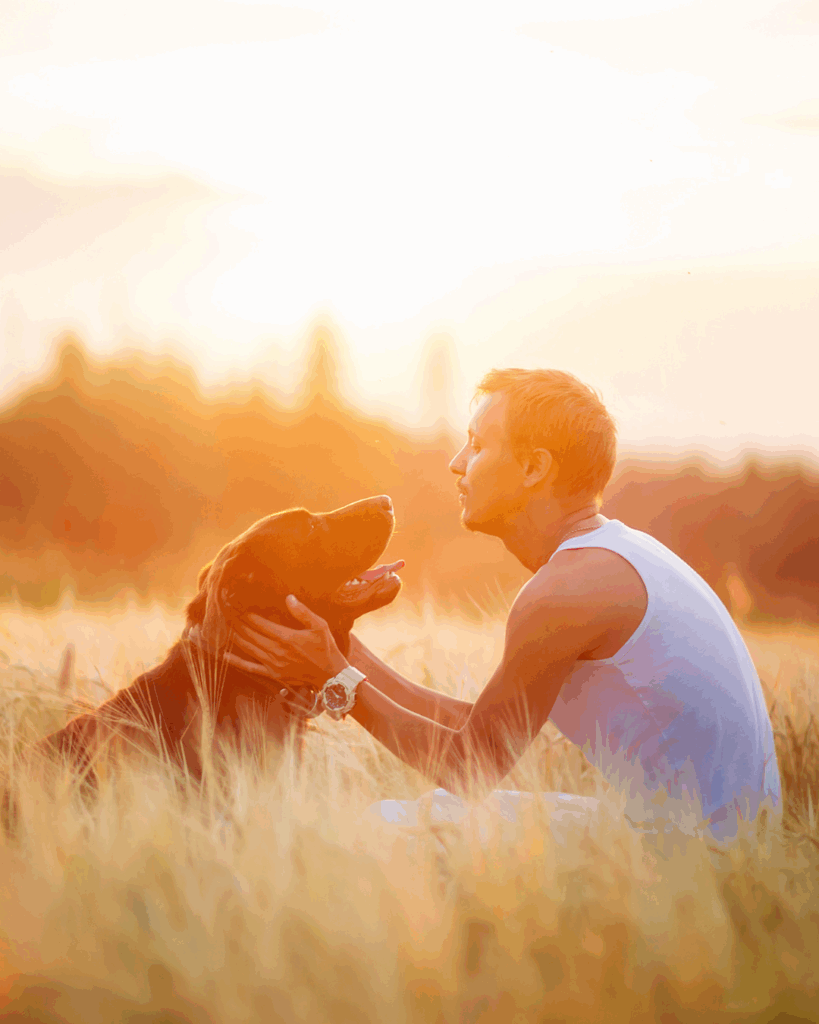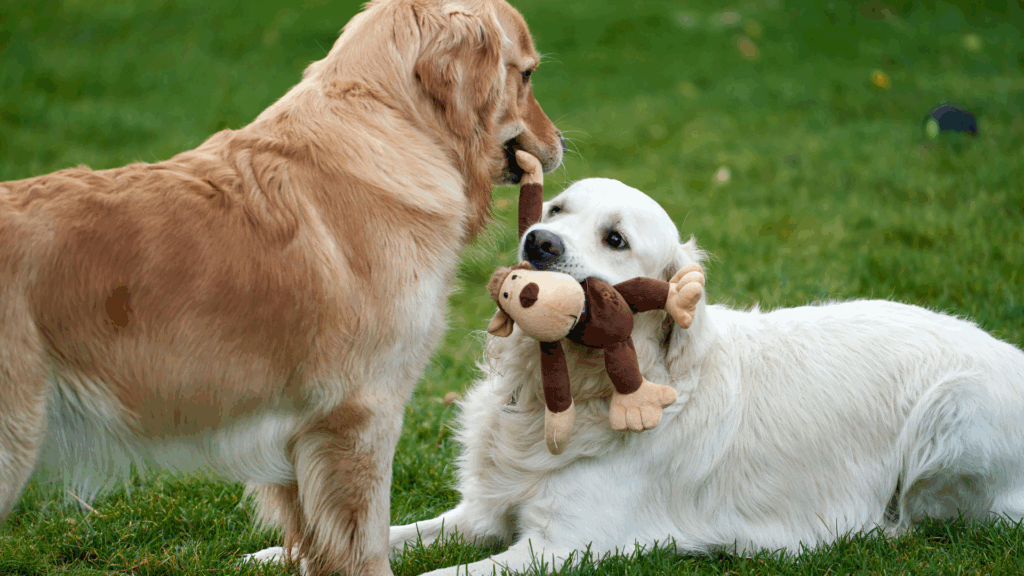My goal with this experiment was to see what an average-Joe dog owner can accomplish with a clicker in 7 days. This is strictly MY experience.
Just because I was not able to accomplish something in 7 days does not mean it’s not POSSIBLE, just that I was not able to accomplish the task with a modest amount of time and effort.
So here’s what my setup looked like:
- One nervous dog (may or may not have bite history)
- No previous relationship with the dog
- Two sets of 15-minute clicker training per day, focusing on basic commands (sit, walk nicely, down, no barking, etc)
Ready for this?
I absolutely LOVED clicker training for basic commands. Teaching a dog with positive reinforcement (treats) just feels good. The dog is happy to earn the treat, and it feels good to help the dog learn.
Another great thing about clicker training is the wonderful relationship that began. The dog loved to hear his name called, loved to do the commands, and was super eager and excited for the training sessions every day.
I was able to teach sit, down, look at me, and go into the crate without any problems.
The more we practiced the easier it was for the dog to obey. Soon I removed the treats and the dog obeyed with just a verbal command. Awesome!
Where I struggled with clicker training:
I struggled with the “heel” command. Not teaching the dog to heel, that was the easy part. I struggled with keeping the dog’s attention on me when there was another dog, person, or interesting object nearby.
I also struggled to completely stop the behaviors of barking at the doorbell, jumping on people, and coming when called when my dog was distracted.
Now, that’s not to say that these problems can’t be fixed with clicker training (I don’t have the skill level to comment on that)…but it seemed like it might take longer and exert more effort than the average-Joe dog owner might have, or want, to put into their dog.
Conclusion?
I will absolutely still do clicker training. The benefits from it are great, and it’s an awesome way to build a relationship with your furry friend. I thoroughly enjoy it.
However…if you have a problem pup…I would probably use a method of saying “no” to the dog.
After kids, job, errands and other realities of life, you only have so much energy to spend on the dog before you need to start seeing results.
So go pick yourself up a clicker, learn to tell your dog “no” and you’ll be good to go!





